
When stories make bold claims about life expectancies chopped by decades or rates of chronic diseases skyrocketing for those with higher scores, they can create heightened anxiety without a real solution.

When stories make bold claims about life expectancies chopped by decades or rates of chronic diseases skyrocketing for those with higher scores, they can create heightened anxiety without a real solution.
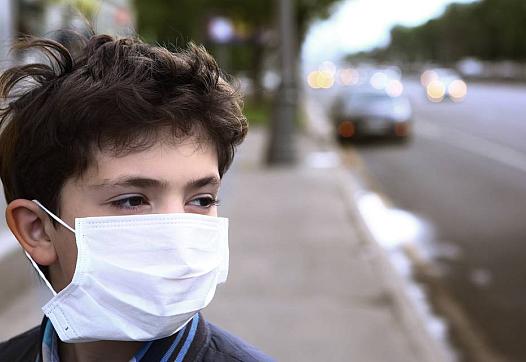
Do you live or work on the Mesa? Did you know the air quality is sometimes unhealthy? It can trigger a persistent cough, asthma attacks, and even lung disease after prolonged exposure.
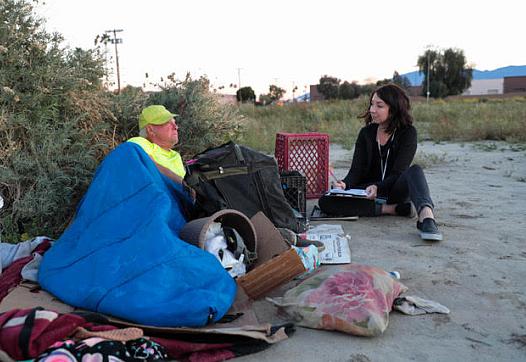
Ultimately, I had no data for my data project. So, under the advice of data guru Paul Overberg of The Wall Street Journal, I created my own.

Five practical takeaways from reporting on how communities are tackling persistent disparities in infant mortality, in the midst of newsroom downsizing and shifting beats.
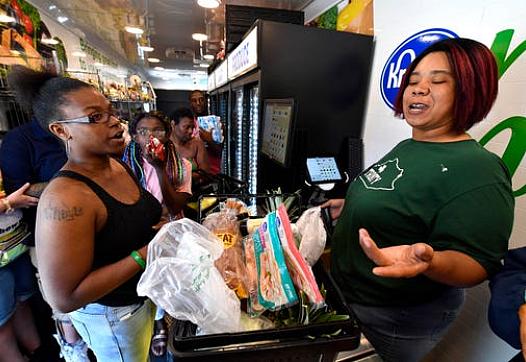
The Courier Journal's continued coverage of food insecurity in Louisville is supported by the University of Southern California Center for Health Journalism's 2018 National Fellowship....
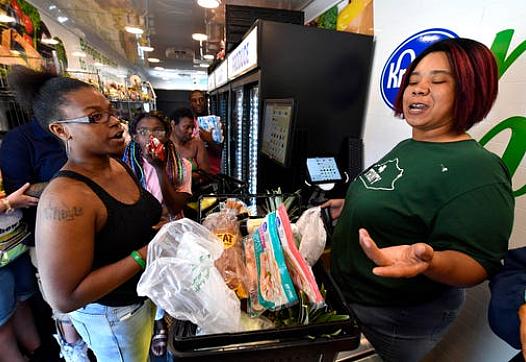
The Courier Journal's continued coverage of food insecurity in Louisville is supported by the University of Southern California Center for Health Journalism's 2018 National Fellowship....

As women and mothers, we are astonished at the reported conditions. But as pediatricians, we are deeply concerned about the long-term health impacts of these kids are likely to face.
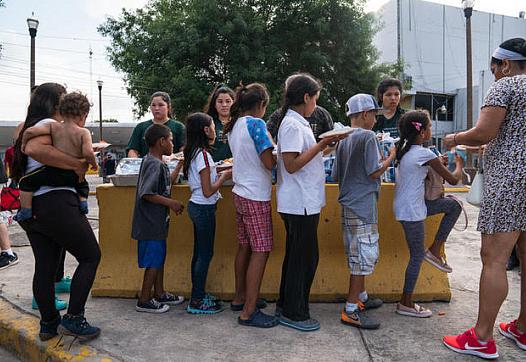
A reporter sets out to explore the unprecedented challenges education professionals are facing as they attempt to create programs that support undocumented children who are navigating life in a foreign country.

In May, ICE agents raided a precast concrete plant on Mount Pleasant’s west side. Thirty-two men, most from Guatemala, were detained. That one event has led to months of turmoil for the families of the men and the community.
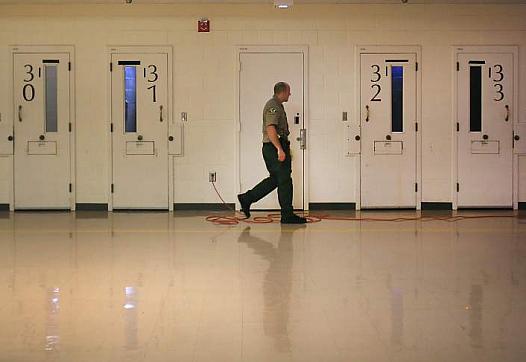
The largest psychiatric facility in Sonoma County is not a hospital. It’s the jail.